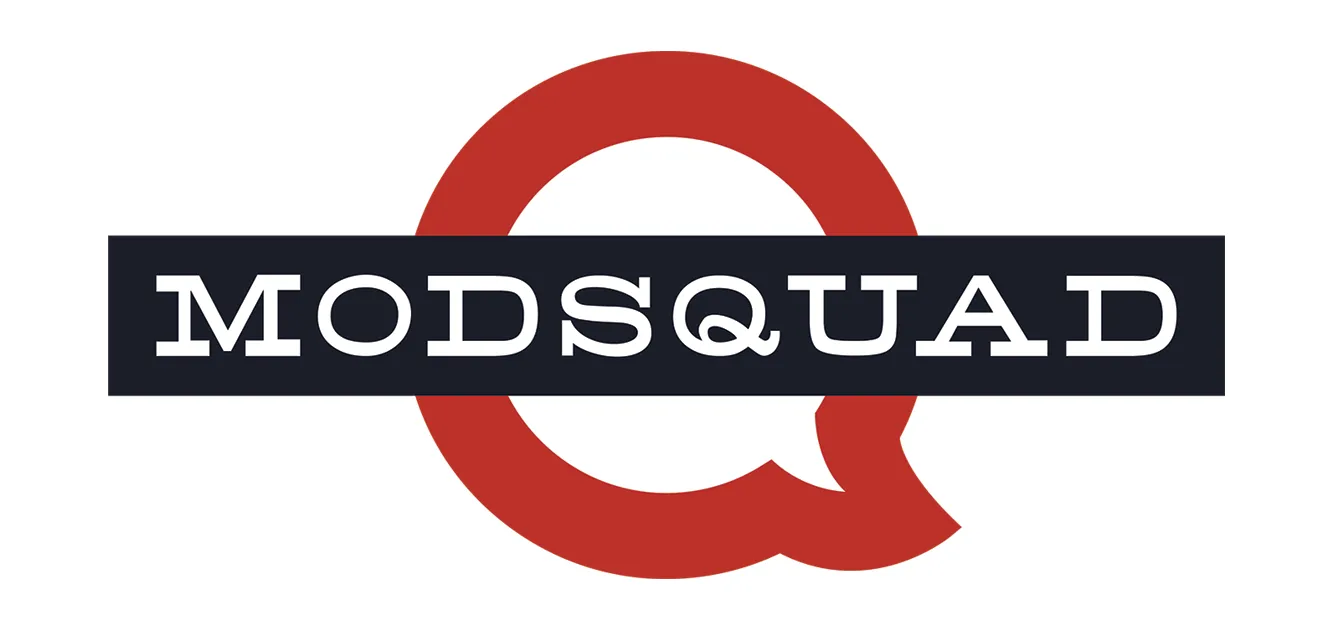
Don’t Go Away Mad, Just Go Away
By Sanya Weathers
Number of followers, number of newsletter subscribers, number of beta signups – it’s easy to get obsessed with the numbers. I’ve written about this before in the context of demonstrating that your numbers are often not as meaningful as you want them to be, but rather a kind of potential. There’s another reason to not get too caught up in the numbers going up, and that is because sometimes you want the numbers to go… down!
That’s right. The current trend of mega-this, and massive-that, and omnibus service products that are supposed to be all things to all people has created a culture in which we only want to see rising numbers. And that’s fine, if you have a budget of 300 million. If your nest egg is somewhat smaller, consider this: Cutting back, refocusing, and getting rid of customers who will never be satisfied with your offerings will actually lead to greater and more consistent growth in the long run.
There are only two things you have to remember.
You can’t hit a target you haven’t defined. Before you do any designing, before you hire your implementers, you need to sit down and identify your core customer. What is he looking for? What makes him happy? How much spare time does he have in a given week? How old is he? How much money does he have and what kind of computer/mobile device does he have? (If your target customer is “everyone,” see above about your budget.) Focus your design on pleasing your ideal customer. Don’t worry about anyone else. This approach will help you avoid feature creep, watering down your own selling points, streamline your product design, and allow you to set priorities. You will be tempted to say “but if I just add this one little thing, I can add hundreds of potential customers.” Do not be tempted. Unless you have an unlimited budget, unlimited time, and unlimited personnel, you are creating more potential for failure. Besides, until you’ve launched, the people you “add” as followers do not count as money in the bank. They’re
potential customers, not actual customers. Stick to your plan.
Disappointment does damage. Disappointment in a product is not a minor irritation. It’s the most toxic thing you can have in your community, because it’s not about anything factual. It’s an emotional component that is contagious, and it’s one that you can’t fight. The advantage to knowing exactly who your ideal customer is lies in your ability to communicate those specifics to potential customers.
Once you’ve identified people who match your target, let them know! If you’re building a product with a community component in the 21st century, it goes without saying that you’re building it to be easy to share. Think about the possibilities of saying to a potential customer “you’re who we’re trying to please – know any others like you?” That customer, and the people like that customer, will be far more valuable to you than any casual fan. Don’t be afraid to let the non-productive leads go, so you can focus all your time and energy on the core audience – and completely avoid the damaging disappointment caused by people investing their time into a product that was never meant for them in the first place.

